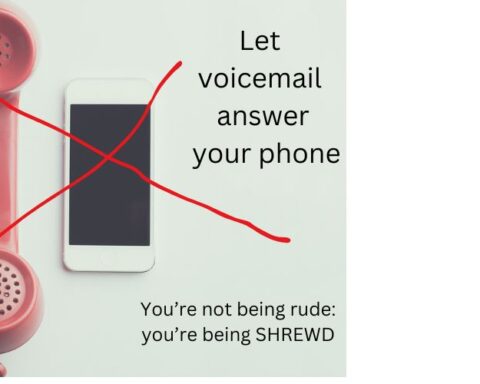Story by Khristopher J. Brooks, CBS NEWS 6/8/2023
More Americans are falling victim to text-messaging scams, and losing thousands of dollars in the process.
U.S. consumers lost $330 million to fraudulent texts last year, up from $131 million in 2021 and $86 million in 2020, according to a FTC scam report published Thursday. The median loss reported by individual victims was $1,000, the federal agency said — double the amount in losses reported in 2021.
Scam texts have grown effective in recent years in part because they offer rewards like a job or gift, the FTC said. Other messages successfully fool consumers into thinking someone has accessed their bank account, Emma Fletcher, a senior data researcher for the FTC, wrote in an analysis of the scam report.
“Texting is cheap and easy, and scammers are counting on the ding of an incoming text being hard to ignore,” Fletcher said. “Scammers use the speed of text communication to their advantage: they hope you won’t slow down and think over what’s in the message.”
DON’T click links or respond to unexpected text messages
The FTC is warning consumers not to click links or respond to unexpected text messages. The agency advises people to report all suspicious texts to ReportFraud.ftc.gov or to forward the potential scam message to 7726, or SPAM. Reporting dubious texts in this way helps cellphone-service providers stamp out fraudsters, the FTC said.
Americans filed over 235,961 complaints of unsolicited text messages last year, down from 294,655 in 2021, according to agency data. Scammers used texting as the mode of contact for 22% of all fraud cases filed by Americans last year, in which a mode of contact was named. That’s up 1% from 2021.
Fletcher said there are several types of texting scams, but five categories in particular accounted for 40% of all text frauds reported to the FTC last year. The most common was copycat bank fraud, in which a text is received by someone impersonating a bank, which accounted for 10% of text scams reported in 2022. Bogus gifts and fake package delivery texts each accounted for 9% of reported text scams, followed by phony job offers — 8%, and Amazon security alerts — 7%.
“These are all lies and ways to take your money and personal information,” Fletcher said.
Copycat bank fraud
Copycat bank fraud is when a fraudster sends a text pretending to be from a major bank like Wells Fargo or JPMorgan Chase. The fake text notifies the recipient of a suspicious transaction from their bank account and asks them to reply “yes” or “no” to approve or reject a transaction. Anyone who replies either way will get a call from a person posing as a representative from the fraud department of the bank.
Consumers should not respond to that text, said Ari Lazarus, FTC consumer education specialist.
“There is no real problem,” Lazarus said in a consumer alert Thursday. “They just want your money or personal information.”
The FTC said consumers have given these imposters posing as bank representatives their personal information including their Social Security numbers, enabling scammers to withdraw money from their account.
Bogus gift scam
The bogus gift scam is a text from a fraudster posing as a cellphone company or other major retailer. The fraudulent text invites the consumer to click on a link and pay a small shipping fee in order to receive a free gift. The point of the fake prize offer and text is simply to get your credit card information, the FTC said.
“If you give it, you’ll get unauthorized charges on your account and no free gift,” Lazarus said.
Phony delivery scam
Fraudsters use that same principle in phony delivery scam, the FTC said. A fake text that appears to be from the U.S. Postal Service, FedEx or UPS asks the consumer to pay a shipping fee. But the phony delivery is yet another ploy to nab credit card information or Social Security numbers.
Phony job offer
Some scammers text fake job offers to people, in which the consumer is required to simply click on an attached link to fill out an application, the FTC said. The link redirects the job seeker to a website where, ultimately, they will be presented with some reason to send the scammer money.
Amazon security alert
The fifth major scam entails a fake text that looks like a message from Amazon, asking the consumer to verify a major purchase or to upgrade their Amazon account information by calling an 800 number. Those who call the number will then speak to someone on the other end posing as an Amazon representative who will then ask them for remote access to their phone, the FTC said. The fraudster representative will often also ask the consumer for their credit card PIN number or offer to help them purchase a gift card, the FTC said.












